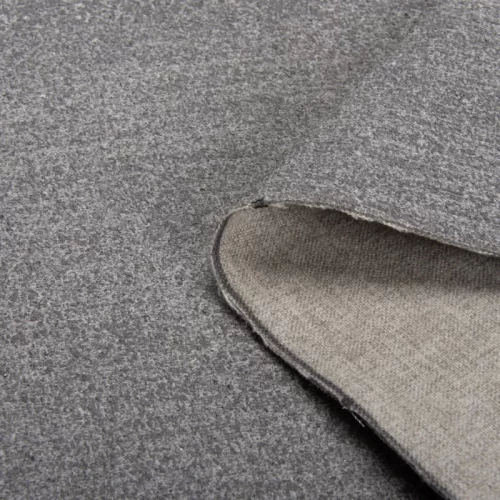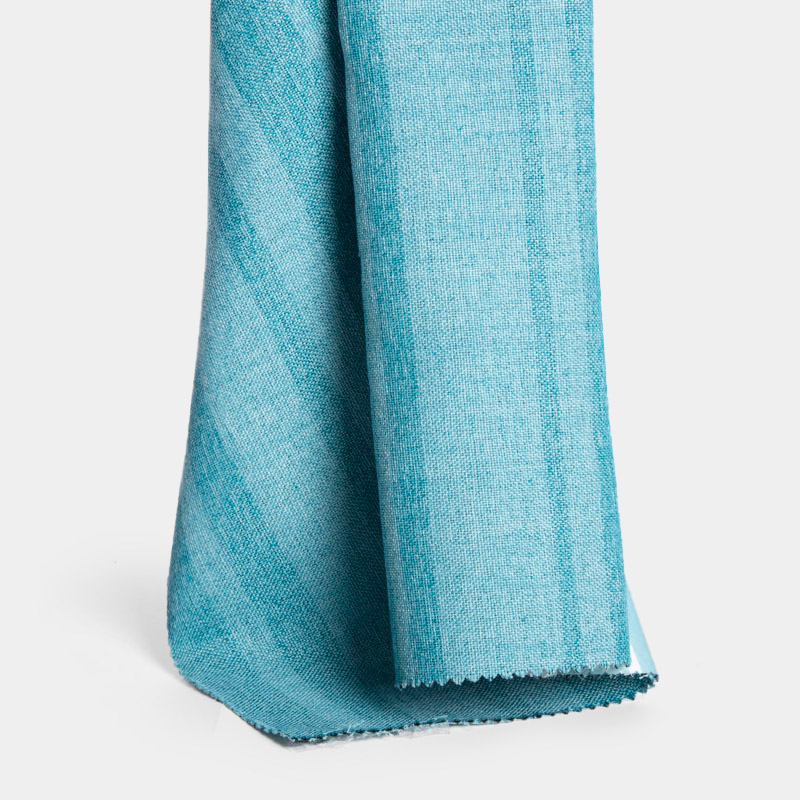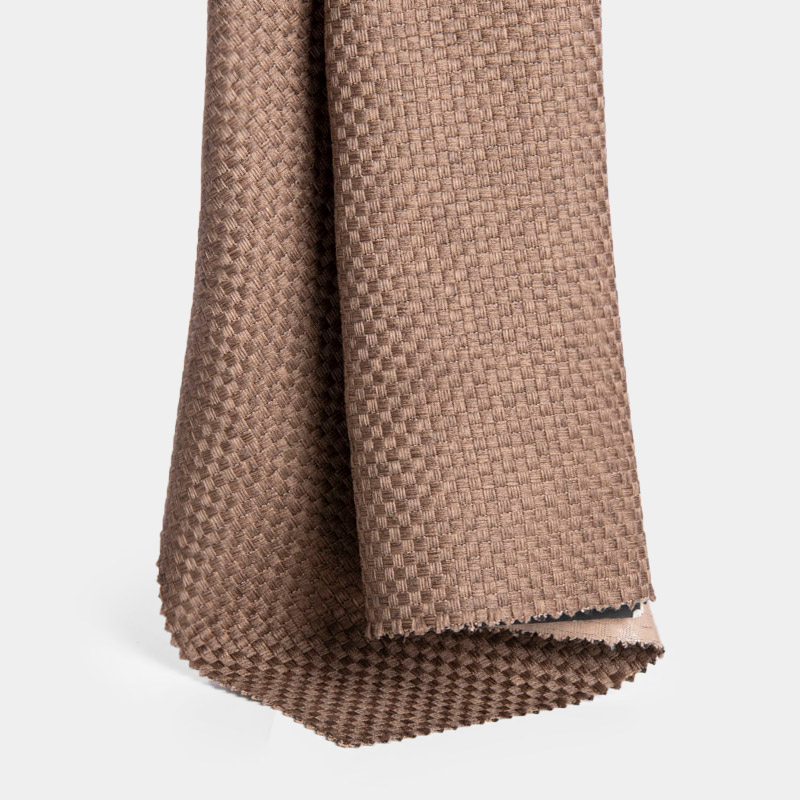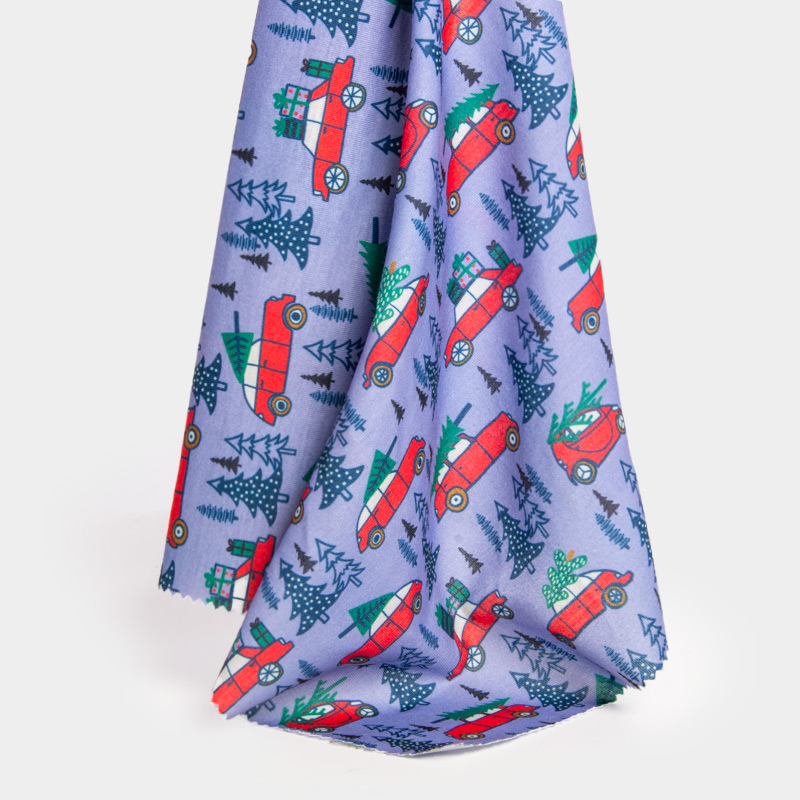How to Wash and Dry Fabrics Without Shrinking

Why Shrinkage Happens
Fabrics shrink when their fibers react to heat, moisture, or agitation during washing and drying. Natural materials like cotton, wool, and viscose are especially sensitive due to their absorbent and thermally active properties.
Synthetic fabrics such as polyester and nylon are generally more stable but are not immune to distortion. This is particularly critical for functional textiles like BEGOODTEX’s UV-resistant or antibacterial fabrics, where special finishes such as flame retardant fabric treatment could degrade if handled incorrectly.
Step 1: Prewash Before Production
Prewashing helps stabilize fabric before cutting or sewing. It removes residual chemicals and excess dyes, which could otherwise affect the final product’s quality. This is especially important for flame resistant fabric used in hospitality and contract settings, such as fire retardant fabric for curtains or fire retardant tablecloths.
This step is crucial for technical textiles with special finishes like flame retardant or antibacterial coatings. It ensures consistent results during manufacturing. Using the same settings as the expected end-use wash helps simulate how the fabric will behave in the long run. Compliance with standards like BS5867, which tests flame retardancy for drapery fabrics, should also be considered.
Step 2: Wash with Care
Good laundering starts with reading care labels, especially for fabrics with engineered treatments. Cold or lukewarm water and gentle detergents help maintain protective features like those found in fire resistant coverings and blackout fabric fire retardant blends.
Delicate cycles reduce mechanical stress, and not overloading the washer allows for even exposure to water. This is essential for bulky items like fire retardant blackout fabric, stage velvet, or curtains for pubs that rely on both aesthetic and performance durability.
Step 3: Dry with Precision
Air-drying is best for preserving structure and coatings. It’s especially recommended for heat-sensitive textiles like silk, wool, or any treated fabrics, including those treated with fire retardant chemicals for fabrics.
When machine drying is necessary, use low heat or air fluff. Remove garments while slightly damp to avoid overdrying. Dryer balls can help improve airflow and reduce drying time for large items, such as industrial uniforms or flame retardant drapes.

What If Shrinkage Happens?
If shrinkage occurs, natural fabrics can sometimes be stretched back to shape after soaking in lukewarm water with conditioner. However, results are not guaranteed.
For technical fabrics, recovery is unlikely once performance finishes are damaged. That’s why understanding what makes clothing flame resistant and following proper care methods from the start is essential.

Care Recommendations for Fabrics
UV-resistant fabrics perform best when washed in cold water with mild detergent. They should be line-dried in shade or tumble-dried on low. Avoid bleach and over-washing to preserve UV-blocking effectiveness.
Antibacterial and mold-proof fabrics can retain over 90% of their effectiveness even after 50 washes when cared for under 30°C and dried gently. IFR, waterproof, and anti-static fabrics should be washed on a cold, gentle cycle and dried with low heat. Use of softeners or fire retardant fabric UK regulations–noncompliant chemicals should be avoided.
Final Thoughts: Protect Your Fabrics from the Start
Poor fabric care leads to product inconsistency and reduced customer satisfaction. Uniforms, upholstery, or high-performance garments all demand a reliable shrinkage control process. Fire resistant fabric uses go beyond aesthetics—they’re about safety, regulation, and durability.
Working with BEGOODTEX provides access not only to advanced textiles but also to expert advice. Proper prewashing, careful laundering, and precise drying are the keys to durable, high-quality results. If needed, fabric fireproofing services can also be considered during sourcing.
FAQ
Q: How can I check if a fabric will shrink before washing?
A: Check the care label for instructions and fiber content. Test a swatch by measuring, washing, and remeasuring. Natural fibers shrink more than synthetics.
Q: Can I prevent shrinking during drying?
A: Air dry delicate fabrics or use low-heat dryer settings. Remove items while slightly damp and avoid wringing to maintain shape.
Q: How should I handle delicate fabrics like wool or silk?
A: Hand wash in cold water with gentle detergent, avoid warm water, and lay flat to air dry, reshaping to prevent distortion.
Q: What should I do if I’m unsure about a fabric’s care requirements?
A: Hand wash in cold water and air dry. Spot-test a small area or check the care label for specific guidance.
Q: How do I prewash fabrics for sewing projects to avoid shrinkage later?
A: Prewash using the same method as the final garment, dry appropriately, then iron to stabilize fabric before cutting.









